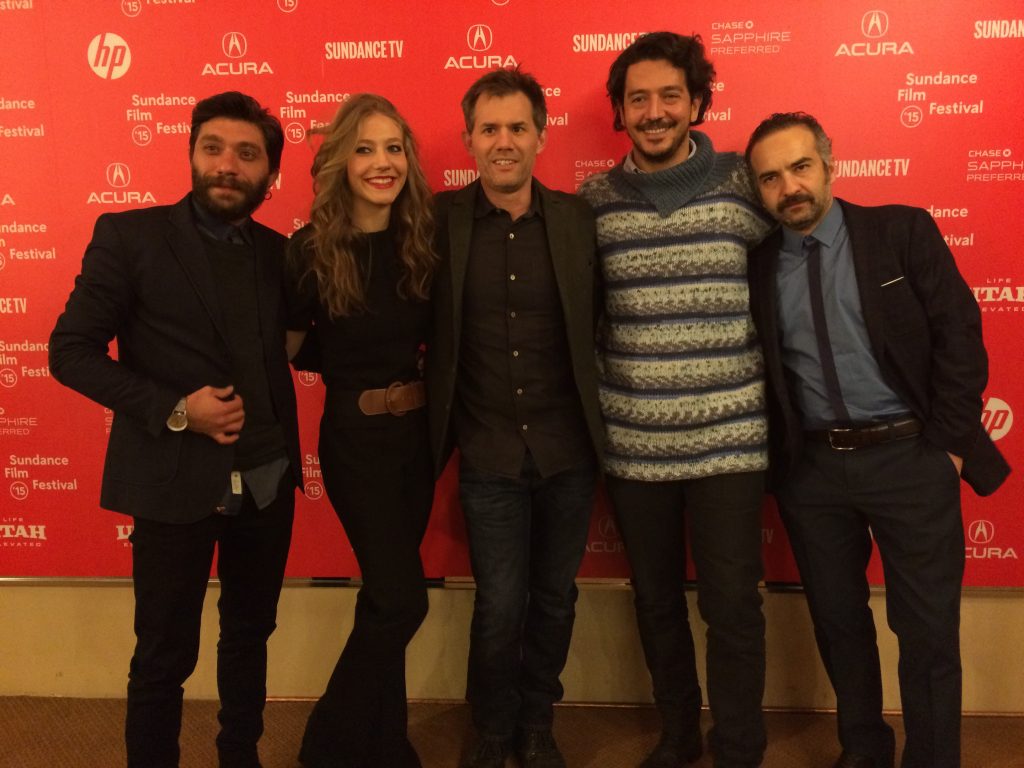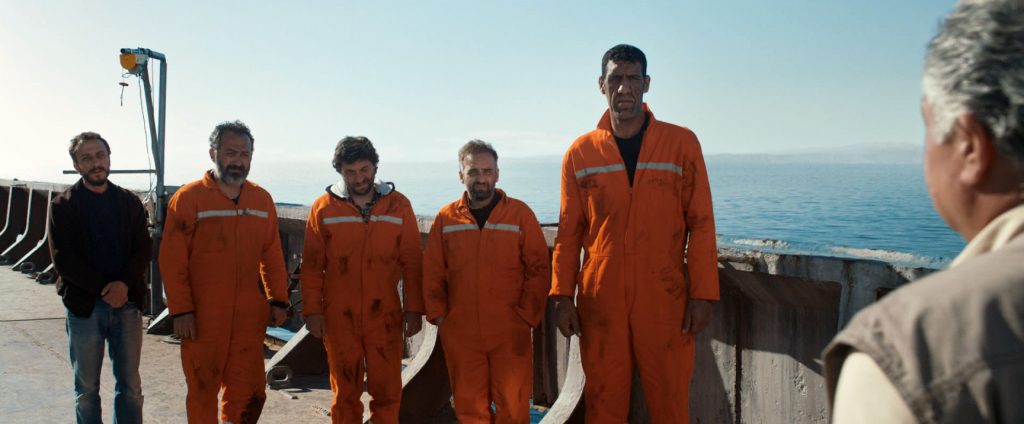Sundance 2018 is just around the corner and anticipation is high as to what themes will be explored among the hopefuls when the festival takes place in January.
Founded in 1978, Sundance is the largest independent film festival in the US, annually attracting over forty thousand people to Park City and Salt Lake City, Utah. The festival comprises competitive sections for American and international dramatic and documentary films, both feature films and short films, as well as out-of-competition sections such as NEXT, New Frontier, Spotlight, Midnight, Premieres and Documentary Premieres.
Submissions are now closed and the full programme for the event, which runs for ten days (18-28 January 2018), will be announced in December. Candidates from Turkey have had a good showing at the festival in previous years, including Tolga Karaçelik’s brilliant and prescient Sarmaşık (titled Ivy for English audiences), which had its world premiere at Sundance 2015 and went on to screen at over 30 international festivals.
Sarmaşık is slow-building, in three self-assured parts, as if putting together in meticulous detail the parts of a ship, as each element of terror slowly aggregates to a surreal finale. Critics were originally divided over whether the film’s relaxed tempo sunk the movie’s final act altogether but the sheer visual elegance of the film, helped in great part by cinematographer Gökhan Tiryaki (famed for his outstanding work in Once Upon a Time in Anatolia), suggests that director Karaçelik may just be beginning to find his cinematic sea legs.

The film centres around six men aboard a freight ship where their passports have been confiscated following the company’s bankruptcy. On board we find Captain Beybaba, the pious and loyal Ismail, the reliable and desperate Nadir, a tight-lipped giant called Kurd, as well as Cenk and Alper, the jokers of the pack. They spend months in close captivity with one another while resources and nerves slowly dwindle.
Captain Beybaba employs both Ismail and Nadir to spy on the others to maintain working order on a ship that is cast adrift by its owners. “You are my eyes and ears,” Beybaba says to both men independently. However, things begin to unravel amongst the cabin mates almost without this intervention. Nadir begins to eavesdrop on the captain himself and snitches on him. Meanwhile, the overly-serious Ismail can’t establish sufficient authority to enforce (what he believes) is Beybaba’s orders. If there are parallels being drawn here between the ship’s captain and Turkish Prime Minister Erdoğan it’s far too subtle to be picked up.
Beybaba loses the desire to maintain order on the ship at some stages of the movie, and when physically confronted, at his office or by way of a hammer thrown at him, he is more amenable to resolving the conflict rather than escalating it.
Things come to a head when Kurd goes missing and his ghost lurks through the cabins at night. It’s set-up by a great cutaway scene, leaving the viewer to ask whether he was thrown overboard or whether he jumped of his own volition. The obvious answer – that the diminutive Cenk threw him overboard – seems implausible but the astonishing direction of Karaçelik keeps everyone guessing. This goes to the meaning of the final scenes of Ivy as well where surreal images precede the possibility of a mutiny.
Since premiering at Sundance, the movie has gone on to have a life of its own, particularly among youth in Turkey, who see it as a chance to organise their own mutiny. The political allegory in Ivy has grown in relevance not only in its native Turkey, but among populations that have grown increasingly afraid across the world in the last two years. One commentator for Time magazine referred to the movie’s teachable lesson on fear in the US as well.

Similarly, new movies are beginning to talk more openly about the climate of fear and violence against democratic institutions in Turkey. Inflame, written by Ceylan Ozgun Ozcelik at the Sundance Film Institute’s Screenwriter’s Lab in Istanbul, is one such example of young writers speaking against the regime.
On the other hand, the movie Can by Rasit Celikezer, which was the first to be released in the World Dramatic Competition at Sundance 2012, seemed to move completely away from political allegory whereas movies like Ivy and Inflame set course for direct impact.
Given the hefty political climate in Turkey and the emergence of talented directors Karaçelik and Tamer Çıray, alongside heavyweights Nuri Bilge Ceylan, crowds will be looking to see if politics will be at the forefront of the Turkish entries at Sundance this coming year.
Guest article by AllTheRooms. If you’re attending to Sundance 2018, visit AllTheRooms’ Sundance Page to find a place to stay!




